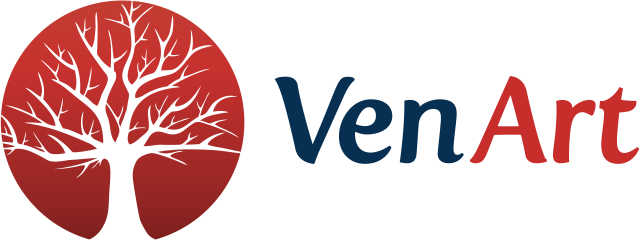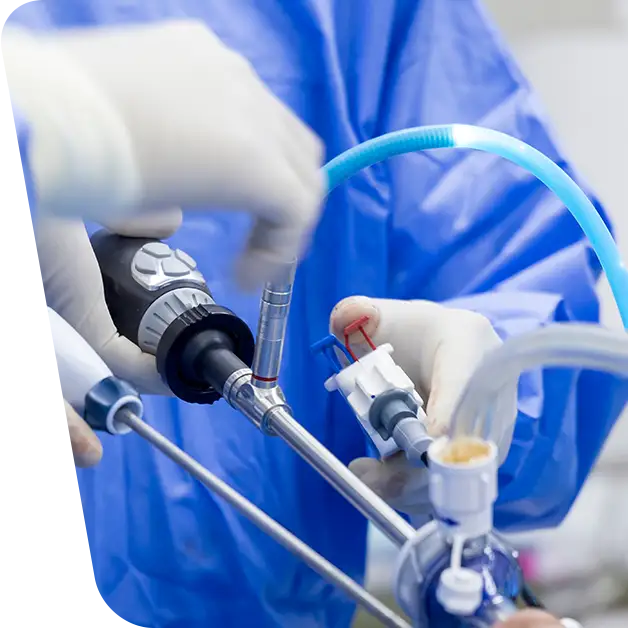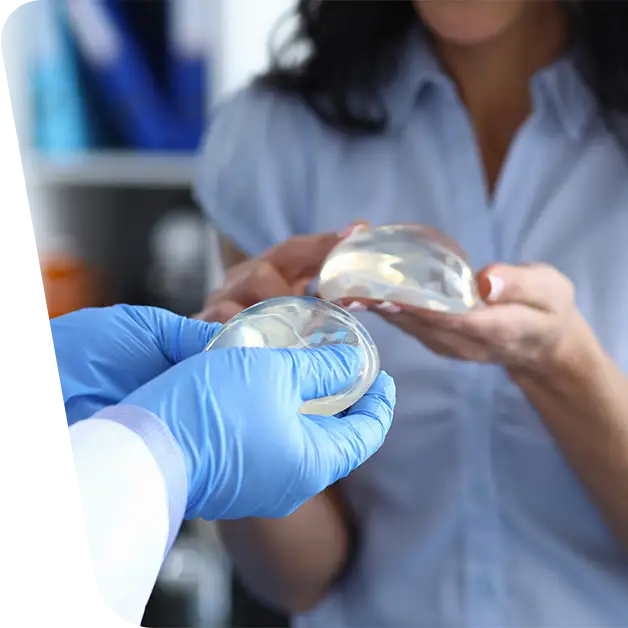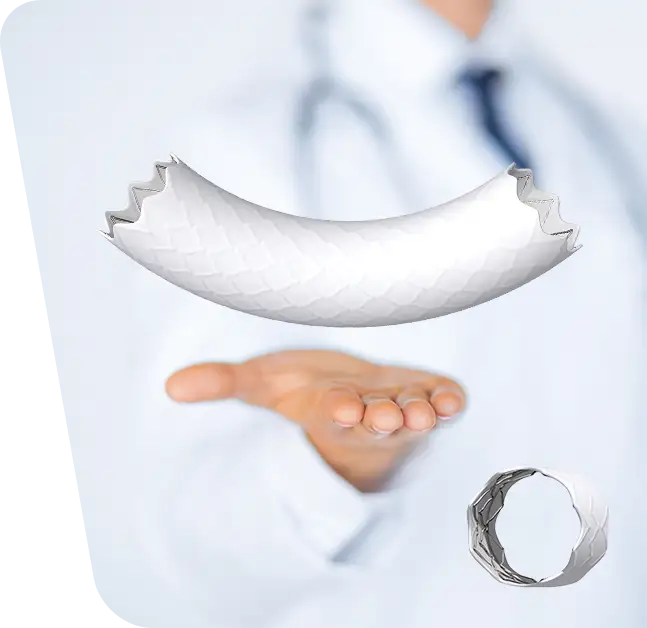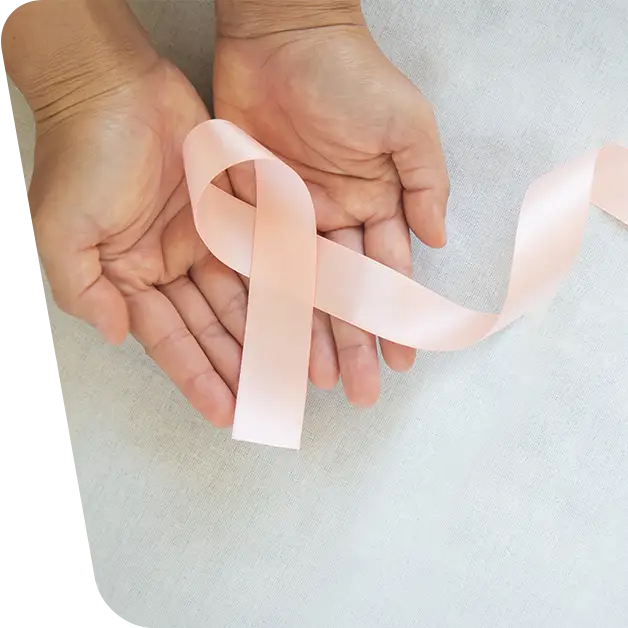Rhinoseptoplasty surgery is a minimally invasive surgical procedure that can be performed both for aesthetic purposes and to improve the quality of the patient’s respiratory function.
A rhinoplasty is an operation to improve the appearance of the nose (rhinoplasty) and to improve the way you breathe through your nose (septoplasty). Not only can rhinoplasty surgery be an option, but plastic surgeons will often recommend it if they know you intend to get both surgeries at some point.
Table of contents
ToggleWhat is rhinoplasty?
Rhinoplasty is a surgical procedure to change the shape of the nose. The reason for rhinoplasty may be to change the appearance of the nose, improve breathing or both.
The upper part of the nose is bony and the lower part is cartilage. Rhinoplasty can change the shape of bone, cartilage, skin or all three. Septum deviation is a subset of this type of surgery. Talk to your surgeon about whether rhinoplasty is right for you and what it can accomplish.
When is rhinoplasty recommended?
Rhinoplasty can change the size, shape or proportions of your nose. It may be done to repair deformities from an injury, correct a congenital defect or relieve some breathing difficulties. If you have one or more of the problems listed, rhinoplasty can most likely help you get rid of it/them.
What is septoplasty?
Septoplasty is a surgical procedure used to straighten the bone and cartilage, therefore enlarging the space between the two nostrils (septum). When the septum is crooked, it is known as a deviated septum. A deviated septum can make breathing through the nose more difficult and increase the risk of sinus infections due to poor drainage.
During septoplasty, the nasal septum is repositioned in the middle of the nose. This procedure may require cutting and removal of parts of the nasal septum before it can be repositioned. Your surgeon can decide if septoplasty is right for you.
When is septoplasty recommended?
Deviated septum is a common condition that can occur from a variety of causes. However, when it becomes severe, deviated septum can block part of the nose and reduce airflow, causing difficulty breathing through one or both sides of the nose.
Septoplasty straightens the nasal septum by trimming, repositioning and replacing cartilage, bone or both.
If you have symptoms – such as difficulty breathing through your nose – that affect your quality of life, you may consider surgery to repair a deviated septum.
Can I have rhinoplasty surgery at the same time as septoplasty?
Of course! The two operations can be performed together, at the same time, thus being referred to by specialists as rhinoplasty surgery. Not only is it an option, but plastic surgeons will often recommend it if they know you intend to get both surgeries at once.
What is rhinoplasty surgery?
Rhinoplasty surgery is surgery to improve the appearance of your nose (rhinoplasty) and improve the way you breathe through your nose (septoplasty).
It involves operating on the bones and cartilage that give the nose its shape and structure, as well as shaping the septum to make it straight. The septum is the cartilage and bone inside the nose that separates the nostrils.
What are the benefits of rhinoplasty surgery?
- The nose can be the size and shape you wants;
- Breathing through both nostrils is visibly improved;
- You can get rid of the snoring problem which is a higher risk of high blood pressure, heart disease and stroke.
After rhinoplasty surgery, the incisions should heal quickly and you may notice improvements in breathing shortly after the procedure. Most swelling will subside within a few weeks. However, the complete healing process will be slow.
Cartilage and other nasal tissues may require three to six months to settle into their new shape. Changes may occur up to a year after surgery.
Patients report experiencing a variety of benefits, including less shortness of breath, better sleep and reduced snoring, as well as an improved appearance of the nose, better balance with other facial features and increased self-confidence.
How is rhinoplasty surgery performed?
Rhinoplasty surgery is almost always performed under a general anaesthetic. This surgery can take from one to 2 hours.
So, the surgeon will make a cut on the mucosa (the skin-like lining inside the nose) and lift it off the cartilage and bone. He will remove the parts of the cartilage and bone that are bent and put the rest back in a straight position.
The surgeon may refine the tip of the nose by removing some of the cartilage. He can also straighten and narrow the nasal bones by breaking and then setting them.
The surgeon may also support or reconstruct part of the nose using a cartilage graft, a bone graft or an artificial implant. He or she may pack the inside of the nose to prevent bleeding and place a splint and strap on the outside of the nose for support.
How long does it take to recover from rhinoplasty surgery?
After the patient wakes up from anesthesia, they will remain under observation for several hours to ensure there are no complications such as excessive pain, fever or bleeding. The entire recovery can take up to two weeks.
]The doctor will also recommend postponing going to work, as well as crowds or meetings with various people (for two weeks) to avoid a cold that could lead to an infection. It is also not recommended to exercise, take hot baths or bend over.
Most swelling and bruising will go away by itself after the third week.
It can take many months for the nose to settle and develop its final appearance.
What complications can rhinoplasty surgery have?
Some complications caused by rhinoplasty surgery can be serious and it is important to recognize them as such:
1. General complications:
- Pain;
- Bleeding;
- Surgical site (wound) infection;
- Blood clots in the leg and lungs.
2. Specific complications:
- Adhesions, where scar tissue forms deep in the nose and can obstruct airflow;
- Redness;
- Bruising and swelling of the nose and under the eyes;
- Bleeding caused by infection;
- Unsightly scars;
- Development of a hematoma or abscess between the layers of the septum;
- Damage to the nerves supplying the skin at the tip of the nose;
- Nasal obstruction;
- The appearance of a hole in the septum;
- Toxic shock syndrome;
- Cosmetic problems;
- Graft rejection;
- Reduced sense of smell.
For a correct diagnosis and the best treatment for you, call us at VenArt Clinic with confidence. Our interdisciplinary team (ENT and Plastic and Reconstructive Surgeons) with decades of experience, specializing in renowned clinics in Europe and the USA, will run all the tests you need and providing on helping you taking the best decision.
